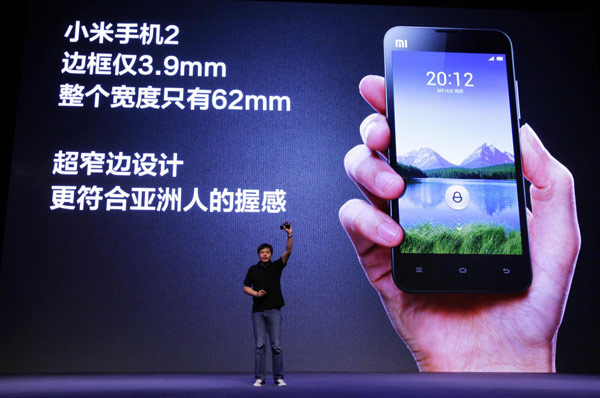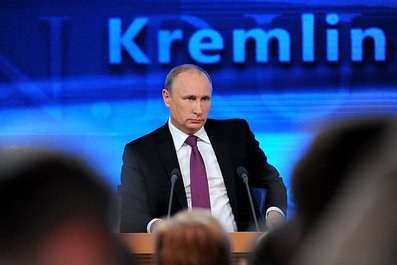
Putin’s 2014 News Conference (Photo: Kermlin.ru)
Just about a year ago, on 21 Dec. 2013, we posted an article describing Vladimir Putin’s banner year. Things were going right for the president of Russia. Russia had been instrumental in brokering a Syrian peace deal, an energy agreement with Ukraine went in Russia’s favor, and the Sochi Olympic games were just down the road. A smiling Putin faced the world. But events have a way of making even the rosiest dream into a nightmare. In December 2014 a defiant Putin faced the world at his annual news conference. He promised that the economy would turn around within two years. And the while the economy wasn’t his only problem, it was certainly his main. Russia’s ruble had plunged in value by December 2014, and western sanctions imposed because of Russia’s support of Ukrainian separatists and Russia’s annexation of Crimea were taking their toll.
Added to that was the downing of a Malaysian airliner in July killing 283 passengers and 15 crew. Ukrainian fighters, using Russian equipment, are thought to be to blame. Russian oil exports plummeted as the global price of crude continued to slide at year end. Putin himself remains firm in his beliefs, and his popularity ratings would be the envy of any elected president in the world. Russia and China might again become new best friends, particularly with the progress being made on a new Silk Road. But Vladimir Putin has a tough road ahead in 2015. Hard economic times, sanctions and international isolation look like they are what is on the cards for the coming year. But let us remember that Putin and the Russians are hardy survivors, and hard times don’t necessarily last forever. Maybe next December will tell a different story. Certainly the Russian president hopes so.
 日本語
日本語 English
English 中国語
中国語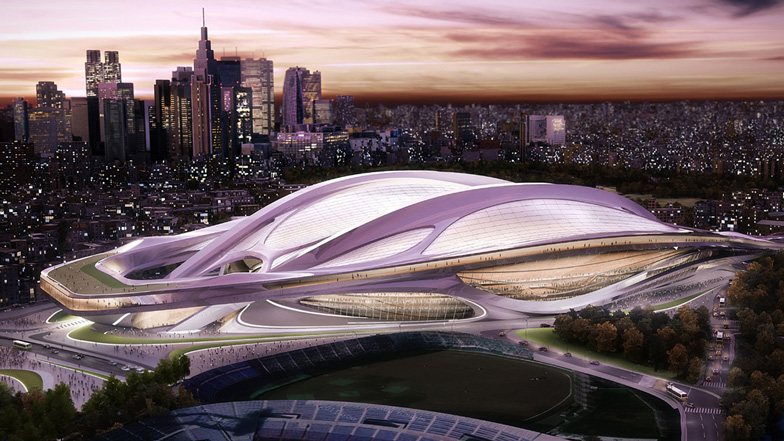 New Olympic Statium (
New Olympic Statium (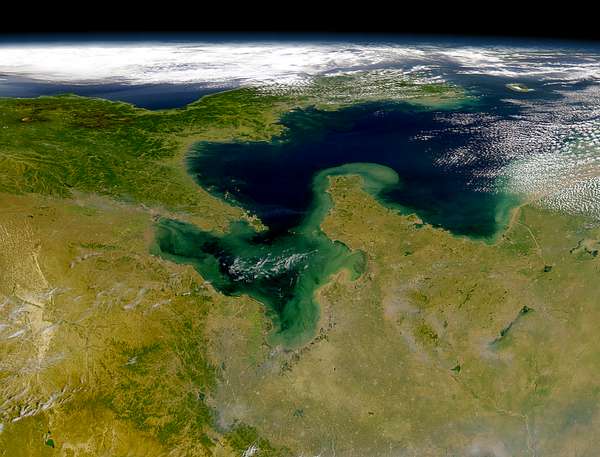
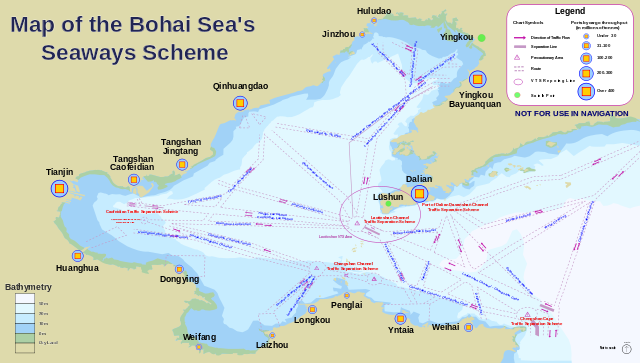 (Map: Wikimedia)
(Map: Wikimedia)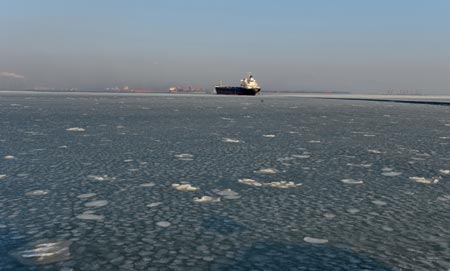
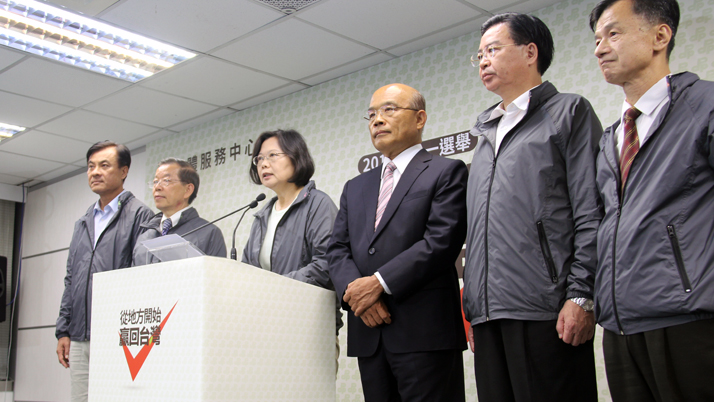
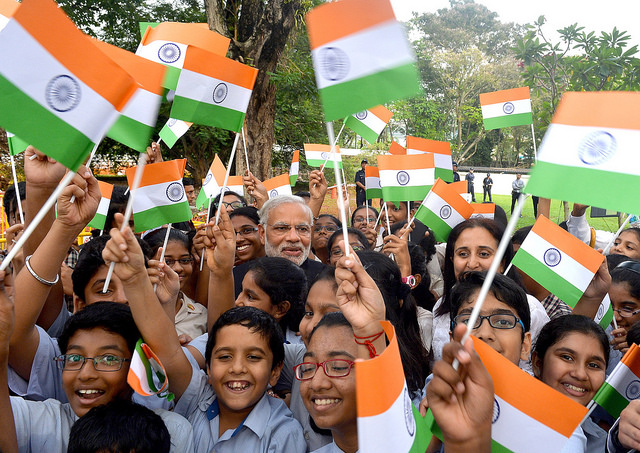
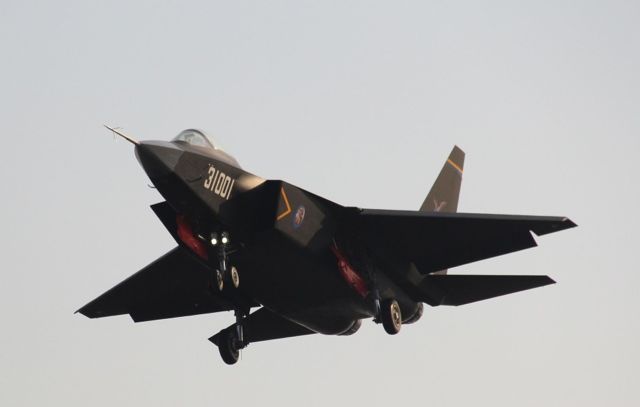
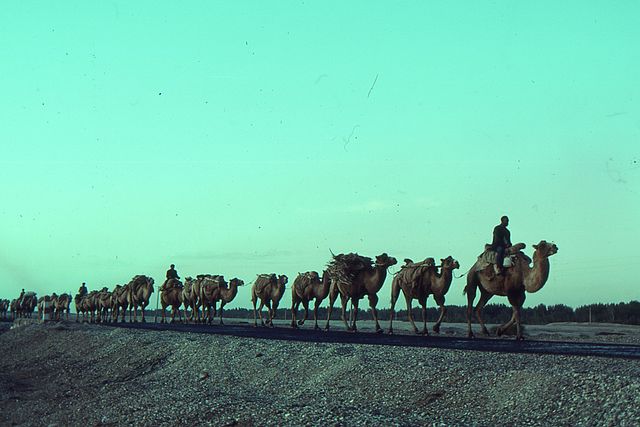 (Photo: Wikimedia)
(Photo: Wikimedia) New Silk Road (Xinhua via Diplomat)
New Silk Road (Xinhua via Diplomat)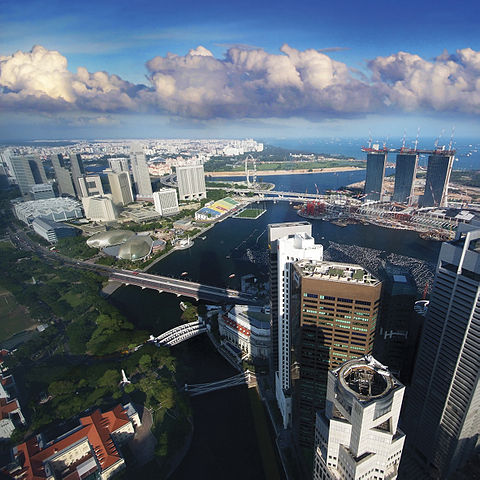 Singapore Skyline (Wikimedia)
Singapore Skyline (Wikimedia)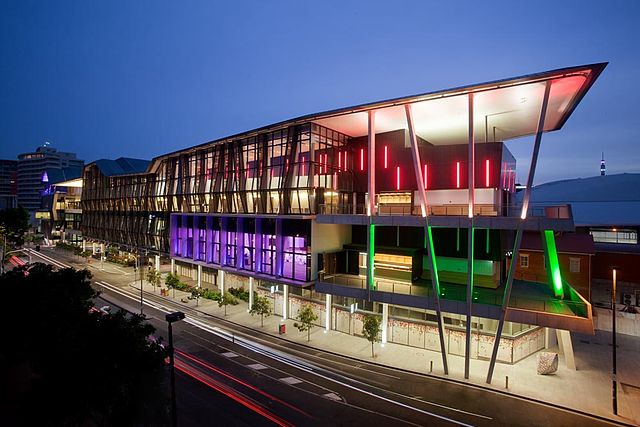 Brisbane Convention & Exhibition Centre (Wikimedia)
Brisbane Convention & Exhibition Centre (Wikimedia)